Last week Collections Management conducted its first Handling History program for a group called the “Ridge Roadies.” This group travels around to different locations and do a lot of sightseeing in areas they visit. I spent about an hour with the group looking at some of the special objects in our collection and even let them handle a few! Afterwards they toured the Museum galleries with one of our Navigators and then enjoyed a Monitor-themed dinner. Apparently, they enjoyed their experience just as much as we enjoyed giving them the opportunity to get up close and personal with the some of the wonderful pieces in our collection.
Some of the great things we showed them were:
Several pieces of scrimshaw including the magnificent panbone created by Nathaniel Sylvester Finney, a whaleman on the Bartholomew Gosnold, in 1857. It features scrimshawed images of the equestrian monument of George Washington in Richmond, Virginia and ‘Civic Heroes of the American Revolution’. I then let the group handle a large tooth from a sperm whale.
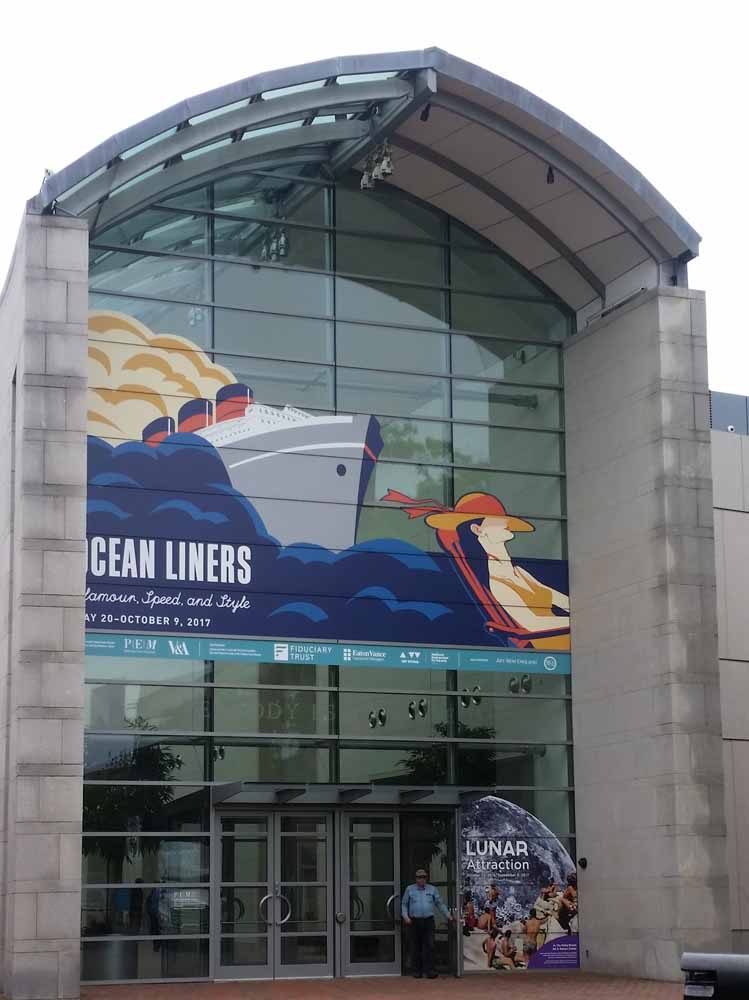
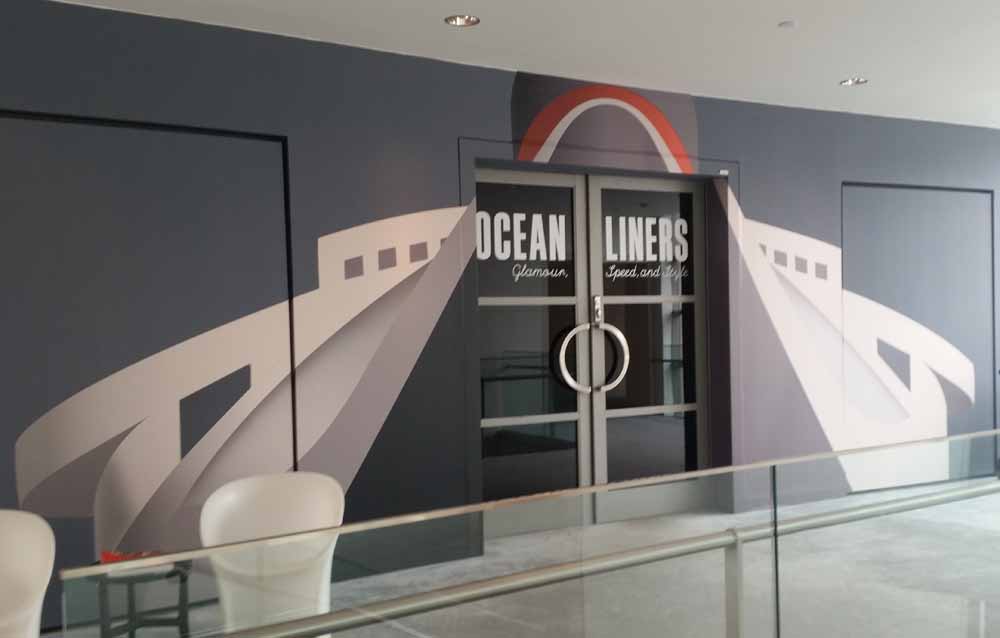
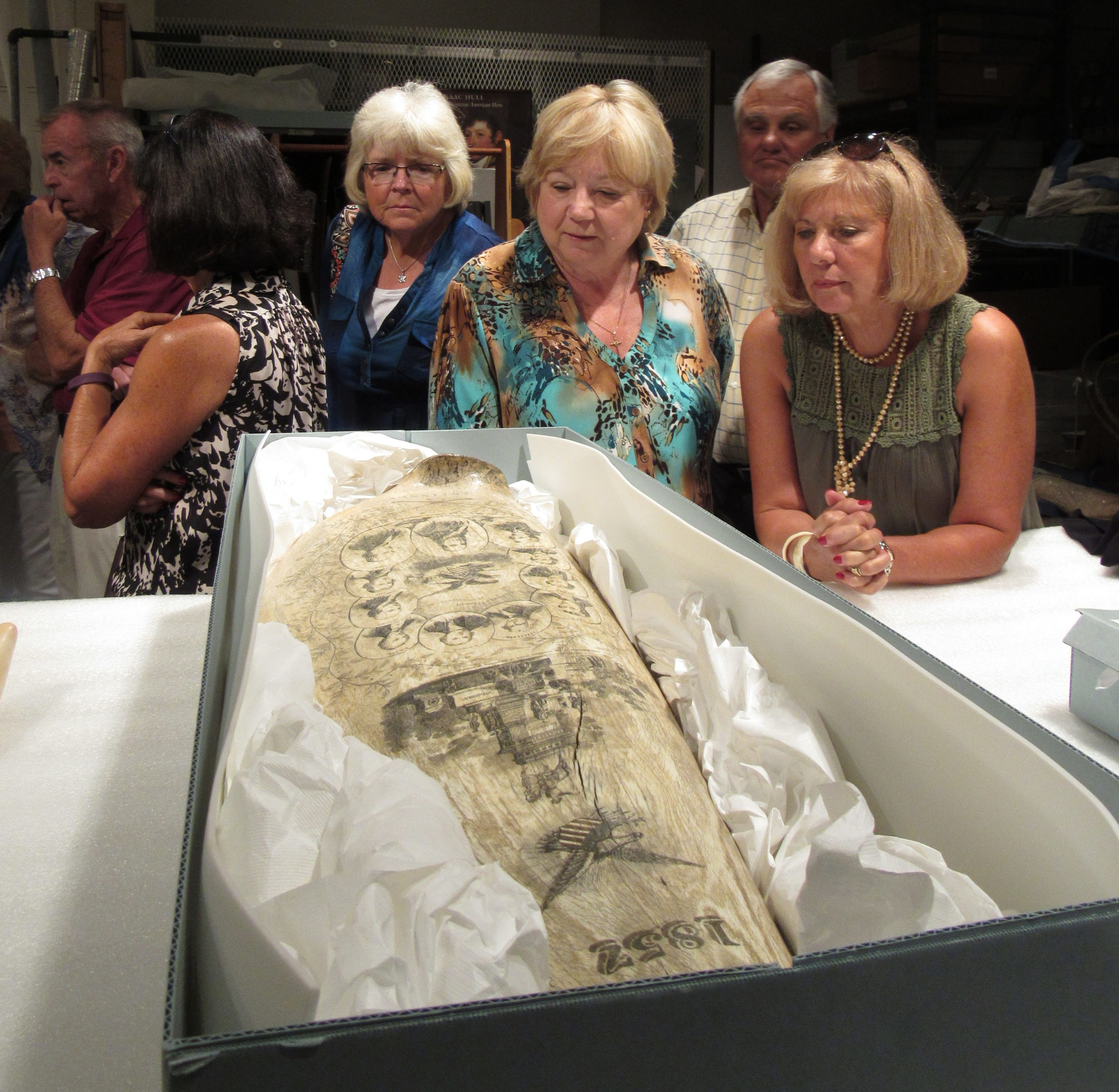
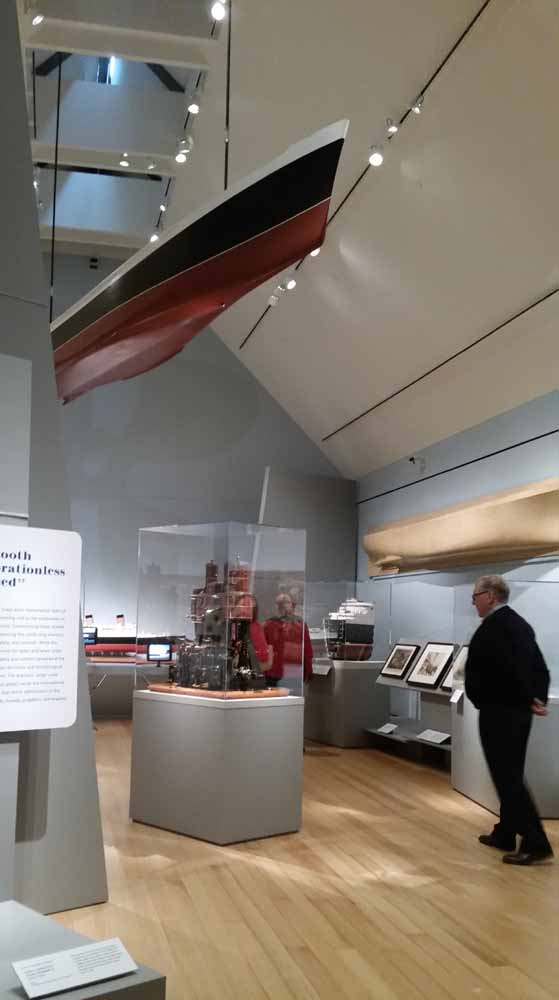
We looked at a variety of native fishhooks from the South Pacific, Alaska and the northwest coast including hooks for catching shark, halibut, bonito and ruvettus.
We also studied our wonderful new 9th century Viking sword and then some of the group had an opportunity to handle a late 19th century US Navy officer’s dress sword made by William Horstmann and company in Philadelphia.
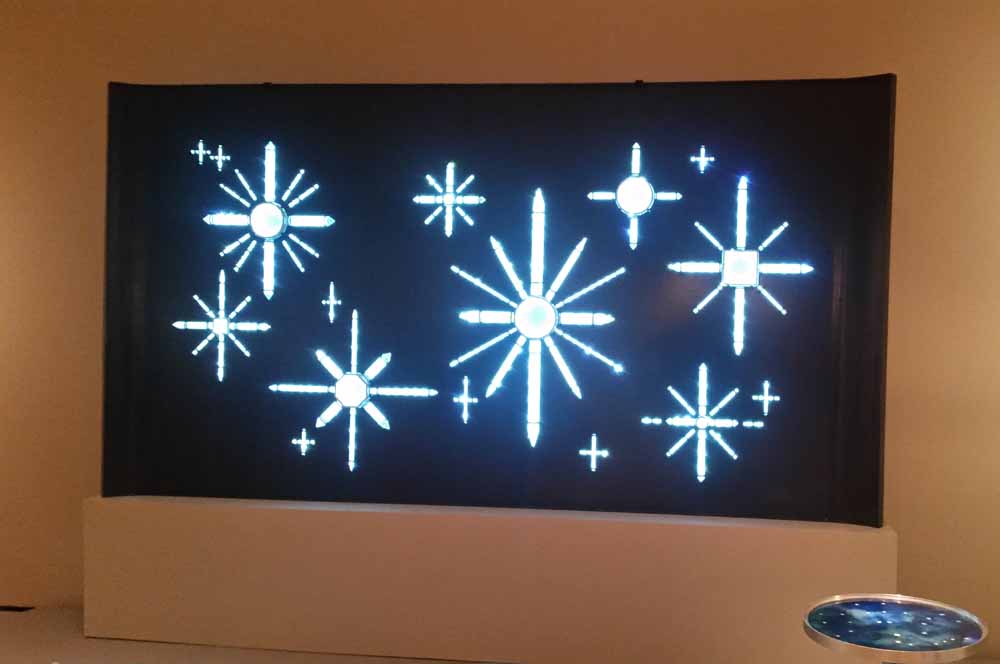
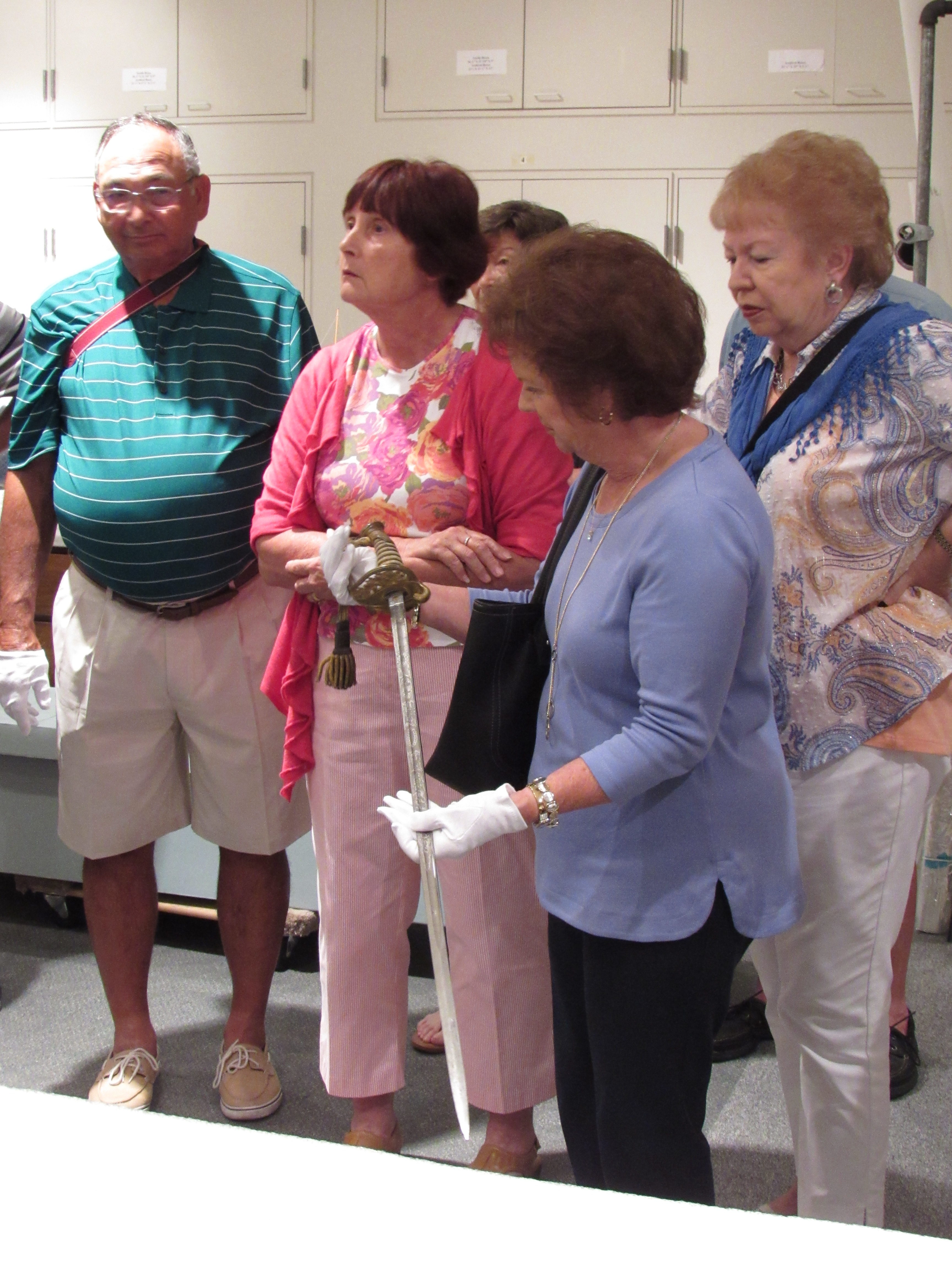
I then showed them one of my favorites, the hand-colored aquatint “A View of New Orleans Taken from the Plantation of Marigny” by John L. Boqueta de Woiseri. This wonderful image is one of the earliest views of New Orleans and dates to November 1803—just a month or so before the completion of the Louisiana Purchase by Thomas Jefferson.
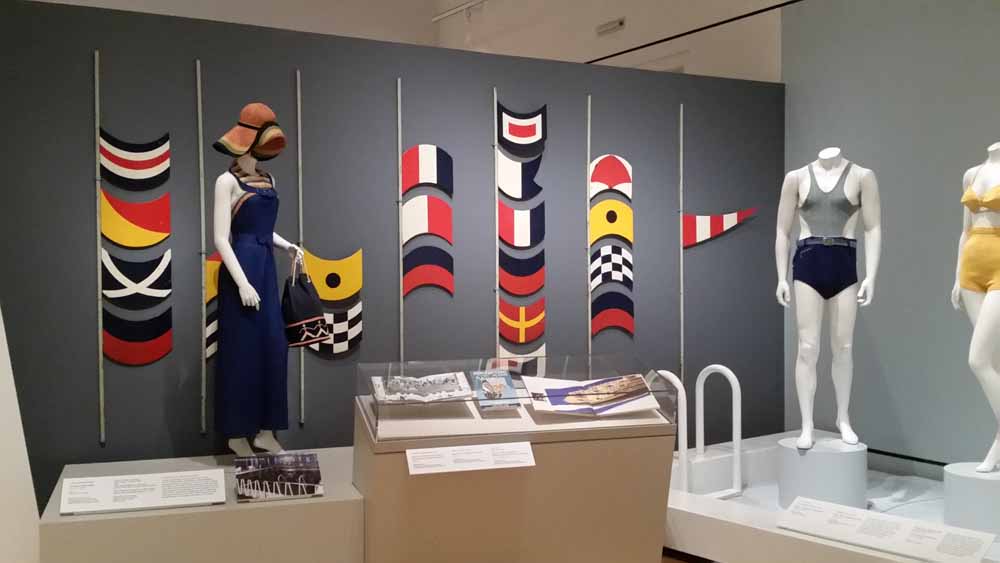
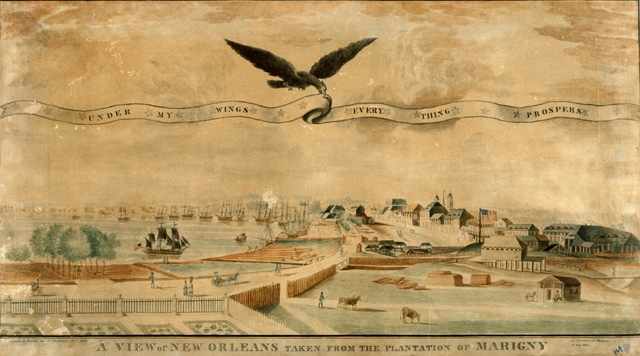
Next we viewed on of our fantastic watercolors by Antoine Ignace Melling titled “Vue Generale du Port de Constantinople prise des Hauteurs d’Eyoub” (we have ten in the collection). Melling, one of the first men allowed into Sultan Selim III’s harem, spent eighteen years in Constantinople and after returning to France produced the book ‘Voyage Pittoresque de Constantinople et des rives du Bosphore’ in 1819. The watercolors in our collection were used to produce the engravings that appeared in the publication.
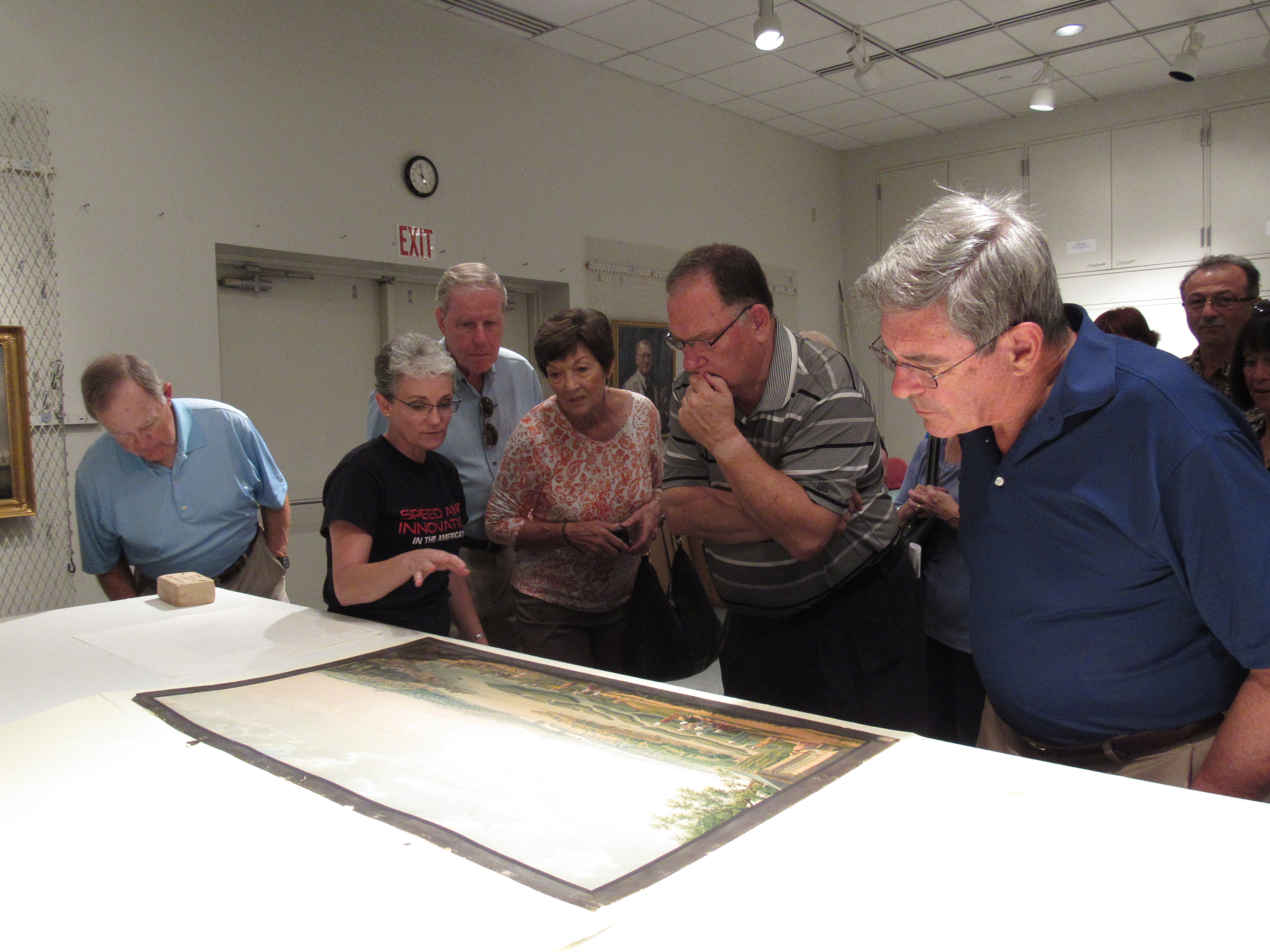
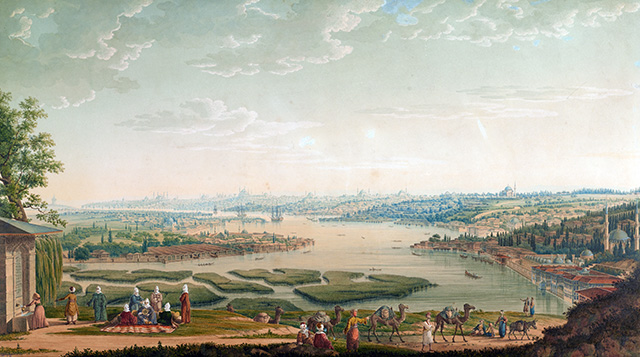
I also gave the group a little lesson on holystoning thanks to an etching by Philip Kappel and we discussed a couple of beautiful paintings in our collection by Robert Salmon and Fitz H. Lane.
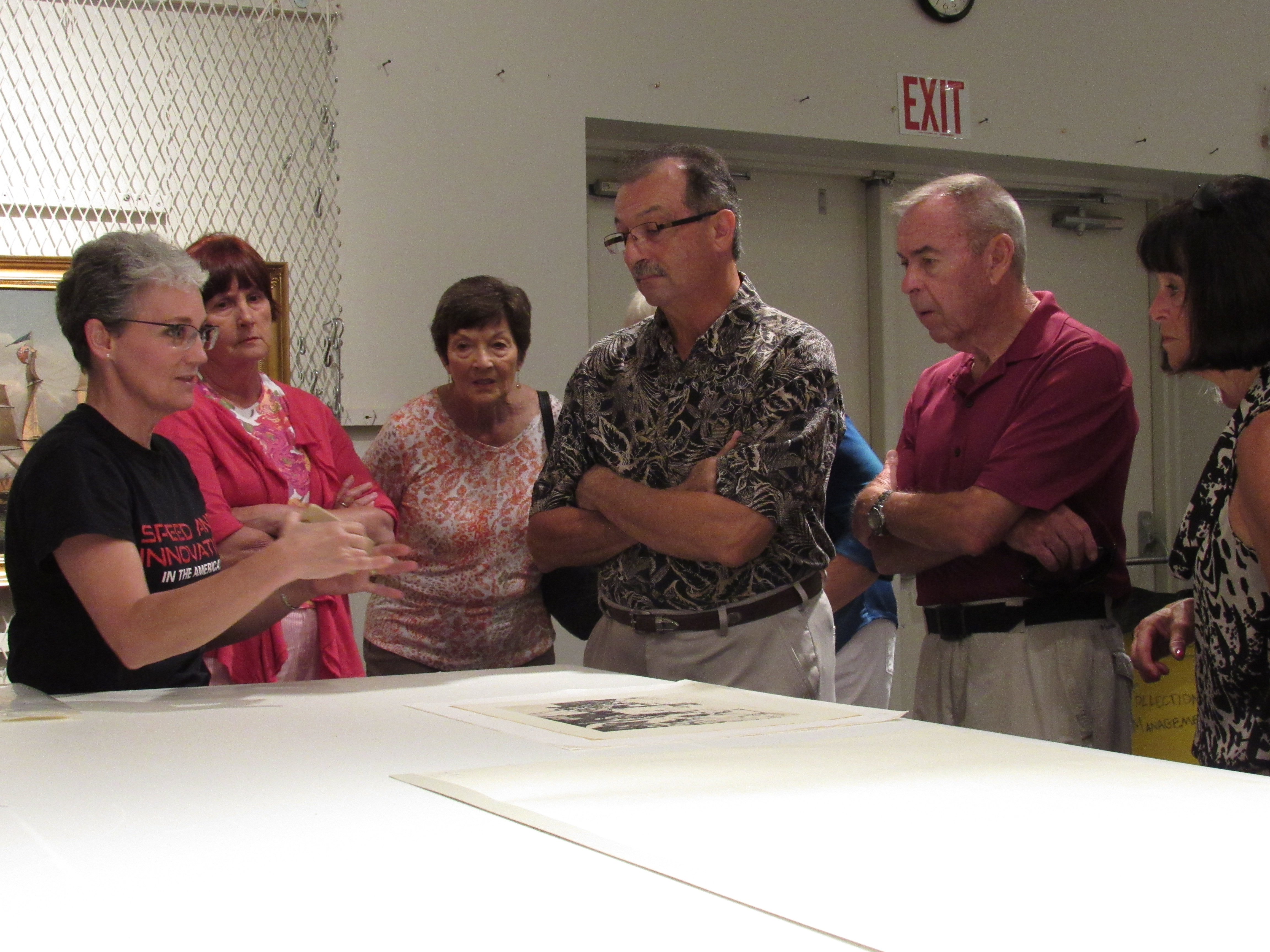
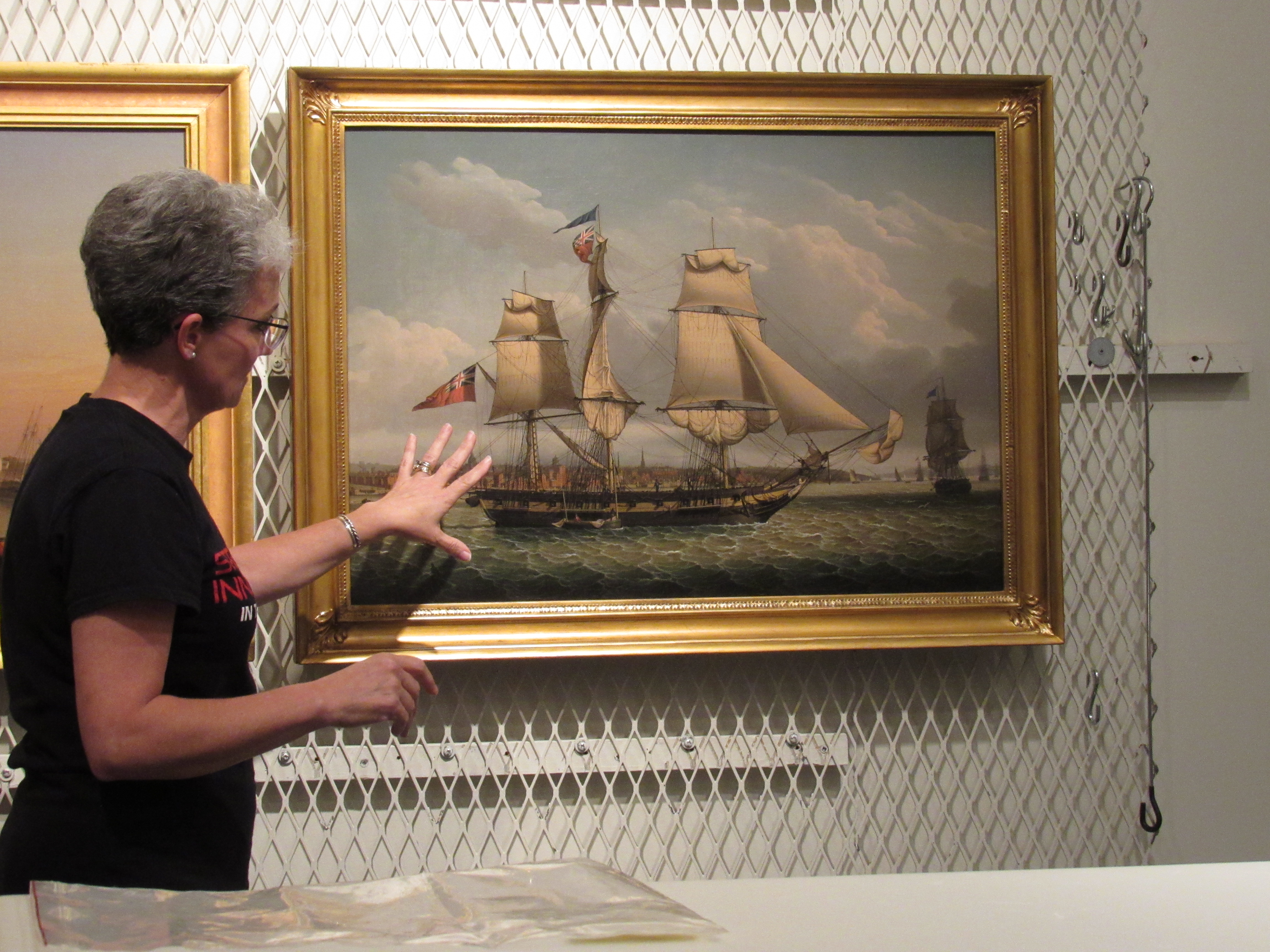
The tour wrapped up with the always impressive model of a Hudson’s Bay fur trading canoe by Edwin Tappan Adney.
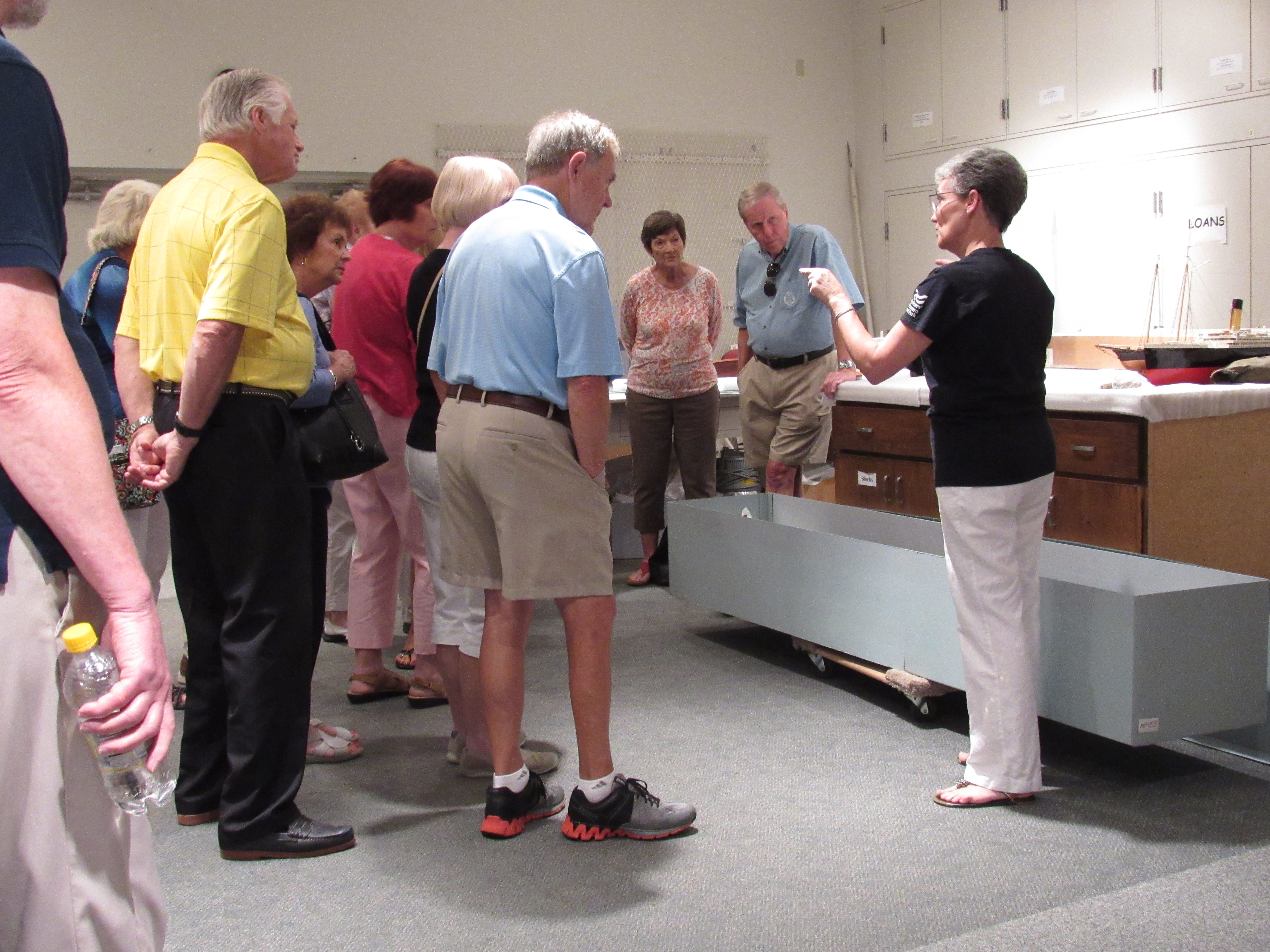
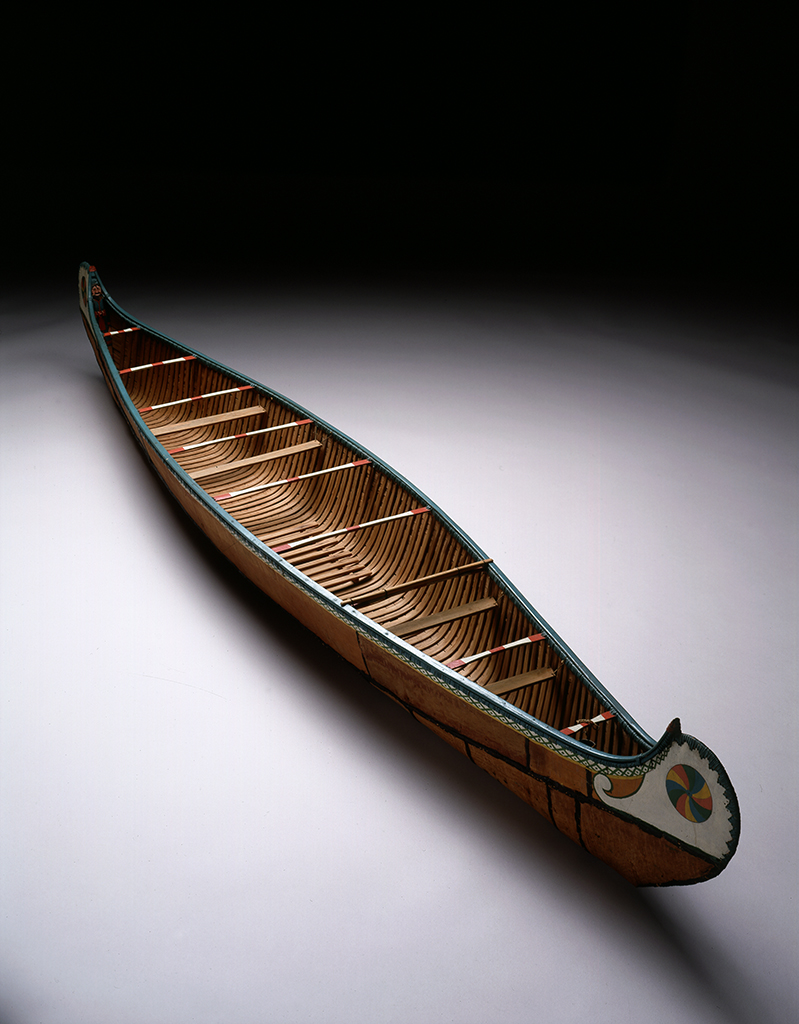
It was a great group and I really enjoyed my time with them.